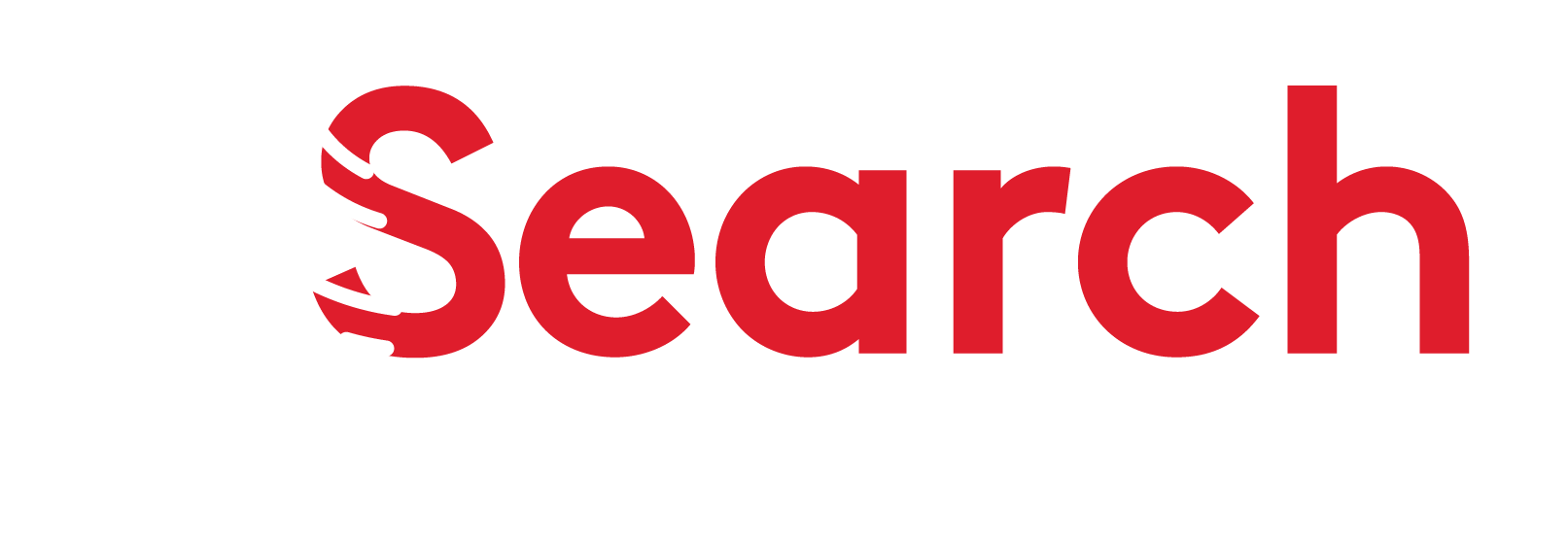When we talk about gender equality and sustainability, it is possible that flagship companies such as Google, Facebook, and Netflix come to mind, as well as their representatives who have given us famous quotes like: “Diversity is being invited to a party. Inclusion is being asked to dance” (Verna Myers, VP Inclusion Strategy, Netflix). Perhaps, when we investigate a little more, we realize that these great organizations have been pioneers in putting on the table a topic that needs to be addressed, and they have been especially able to establish operational mechanisms so that inclusion becomes a reality -because diversity exists, whether we want to see it or not. Therefore, perhaps it is not enough to say that the companies to which we belong are diverse; we must go further to answer the question, “How are we managing this diversity?”
When we talk about sustainability there are many issues to clarify, but the situation seems to be much simpler than we think. First, I invite you to break the paradigm that talking about sustainable businesses means talking about large companies, analyzing it from the number of people who work there, their sales volume or whether they are listed on the stock exchange.
My first invitation is not to “reinvent the wheel”. There is already a framework that can guide us, called the Sustainable Development Goals. Known as the SDGs, they were adopted in 2015 as a commitment to a set of global goals to eradicate poverty, protect the planet, and ensure prosperity for all.
To achieve these goals, we all have to do our part, including governments, the private sector, civil society, and individual people. I have a quote I often use to talk about sustainability: “People make organizations and organizations make countries.”
Among the 17 SDGs, Gender Equality (SDG 5) is not only a fundamental human right but one of the essential foundations to build a peaceful, prosperous, and sustainable world. There are numerous studies that show the benefits companies have reaped from achieving greater equity regarding access to work on equal terms for women and men, mainly those where greater participation of women in decision-making roles. Higher productivity, lower turnover, greater innovation, improved work environment, as well as improvements in financial performance, these are just some of the benefits of having more equal organizations.
In my experience working with companies that want to start implementing affirmative actions to achieve gender equality, I find a fairly widespread trend: doubts about where they should start. Some have started from the outside, that is, thinking about consumers first. This includes changes in brand advertising and communication, innovation for the introduction of new products, and services for this segment of the population that dominates behavior patterns and consumer decisions, among others. That is fine, however it is neither enough nor right from my personal perspective.
Let me elaborate on why I believe this is not the right way. Here, two possible roadmaps are presented: the first is to start working with the internal public (the people who make up our workforce); the second is to work with the internal public and the consumer population in parallel. Deciding between one or the other will depend, to a large extent, on the human and financial resources the company has, the agility it has to act and modify what it has been doing until now, and what the company prioritizes -the talent that comprises it or the clientele.
The mistake is taking an alternate route of only serving the consumer population lies in the fact that we could be proposing an extremely attractive vision from a perspective of marketing, public relations, and brand communication, while ignoring practices within the organization that contradict what we broadcast to the outside world. Far from contributing to reduce the gender gap, this widens it. A more egregious mistake would be to do nothing, under the myopic vision of many people in leadership roles who profess non-discrimination or indicate that working on gender is not a strategic priority of the company.
Whether we decide to follow the first route (internal public) or the second route (internal public and consumers in parallel), it is clear that we must start from a humanist perspective since, for both, the central axis is the individual.
The most successful talent development programs I know are those that have been implemented in companies that understand that gender equity is not an issue just for women but for the entire organization, and where those in leadership roles are convinced that working to reduce this gap is not only the right thing to do but also good business.
Now, to close the gender gap, in addition to achieving greater participation of women in the workforce and in decision-making positions, we must ensure that the wage gap is eliminated -and to avoid falling into the trap of having women in leadership roles only in traditionally female areas.
It is not enough to have women in positions of power: we must ensure that those of us who have had the privilege of holding them are gender-conscious women. Being gender conscious means understanding that we are not all equal and that there is a broad diversity among ourselves.
For this, feminism has coined a term: Intersectionality. This concept refers to the fact that even, within the feminist movement, it must be understood that power is wielded by the patriarchal society we live in, and that women also go through other struggles such as those related to race, class, and -why not say so?- age. Thus, working on the development of women is not only thinking about it from the privilege of class and race, but understanding that there are other conditions of vulnerability that we cannot ignore when implementing affirmative actions in favor of equity.
I would like to conclude with some practical recommendations for those companies that are thinking of starting this way towards parity:
1. Identify the socio-demographic variables of your working population in order to know the differences between the different women who make up the company.
2. Establish mechanisms to attract talent and provide equitable compensation to the entire working population.
3. Put into practice mentoring programs, not only among women but among them and men who have technical knowledge about the business.
4. In the organization, facilitate networking spaces between women, between women and male decision makers, and even with people outside the company.
5. Establish public commitments as a mechanism to address gender gaps.
Not knowing where to start? That is fine. What is not, is to do nothing -analysis paralysis. The World Economic Forum says that gender equality is more than a century away, but if all of us in the business do our part, I am sure we can get there sooner.


